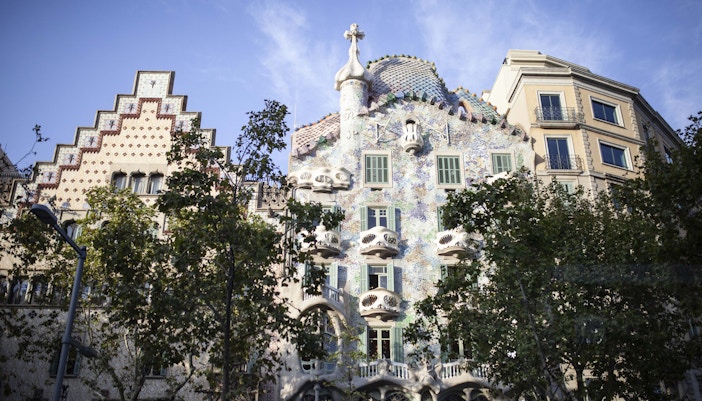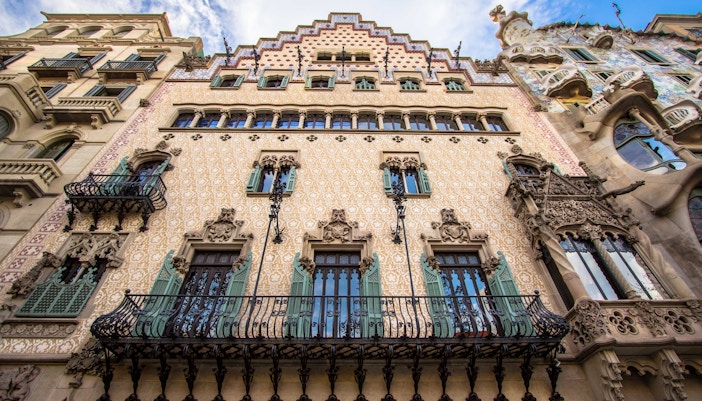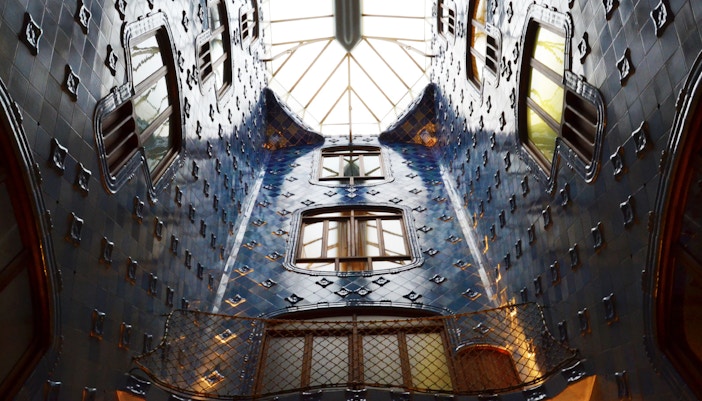Gaudi came up with the plans of many buildings. However, Sagrada Familia might be one of his most ambitious projects. This structure is still to be completed even after over a century of endless construction. The structure of this catholic church was intended to blend nature, man, and religion together. After the death of Gaudi, construction continued with several halts. The Spanish Civil War also proved to be a stumbling block for Sagrada Familia. The best time to visit this structure would early in the morning as it tends to attract tourists all round the year.
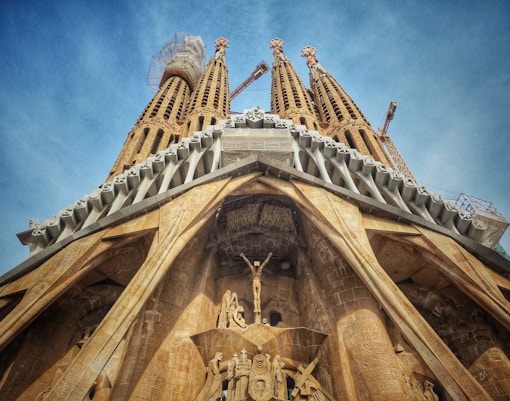
Sagrada Familia
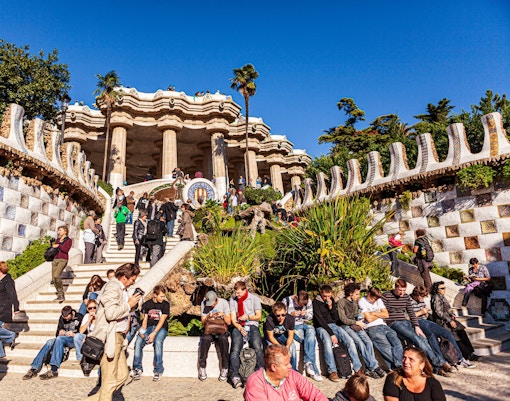
Park Guell
Park Guell was designed and built between 1900 and 1914. It was built as a garden complex, but now it is a municipal garden and a World Heritage Site. As the name declares, the park is prominent and forthcoming with the use of color and vibrant shades. At the very entrance, there is a bench shaped like a sea serpent. Gaudi being quite proud of Catalan origin incorporated many elements of Catalan national identity in the park. As such, the themes used in the park delightfully variant. The park is situated close to Sagrada Familia as well, which makes it a prime tourist attraction.
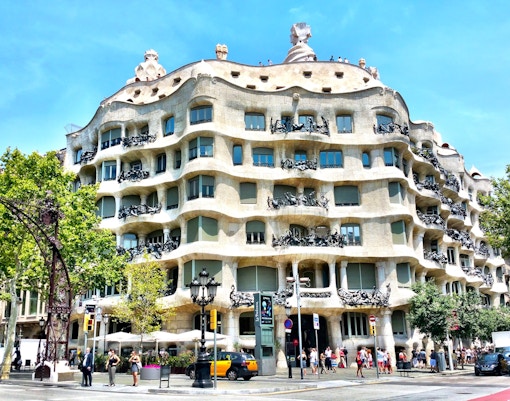
Casa Mila
This is also a major building that was designed by Antoni Gaudi. Casa Mila is mostly made of limestones, and as such, known as the Stone Quarry or La Pedrera. The structure has some resemblance to the lower and top part of the external facade of Casa Batllo. The use of limestones was to achieve the look of a snowy mountain. Gaudi created Casa Mila to pay his respects to the Virgin Mary. He has included a number of religious symbols in the structure. Casa Mila has a series of sculpted and decorated skylights and staircase exits, chimneys, and vents that drive home Gaudi’s architectural philosophy.
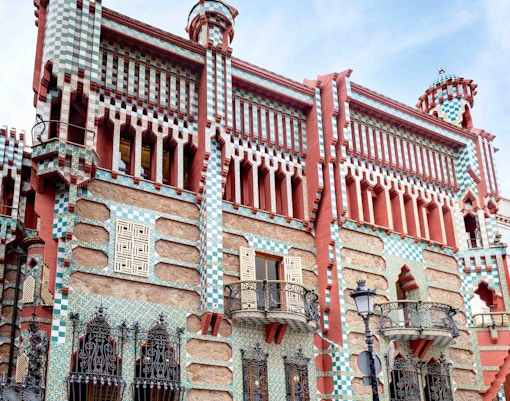
Casa Vicens Gaudi
Casa Vicens was Gaudi’s first major work. When compared with the likes of Casa Batllo, this structure can demonstrate the growth of Gaudi as an architect. The structure was erected between 1883 and 1888. At the time, Gaudi was more into the stripped-down structure of buildings. The same is demonstrated in Casa Vicens. Since the building was to house a brick and tile company, Gaudi incorporated the tiles to form floral and checkered patterns on the exterior. The structure is known to have more middle eastern influence than mediterranean, which is why Casa Vicens is often the most ignored one of Gaudi’s creations.
